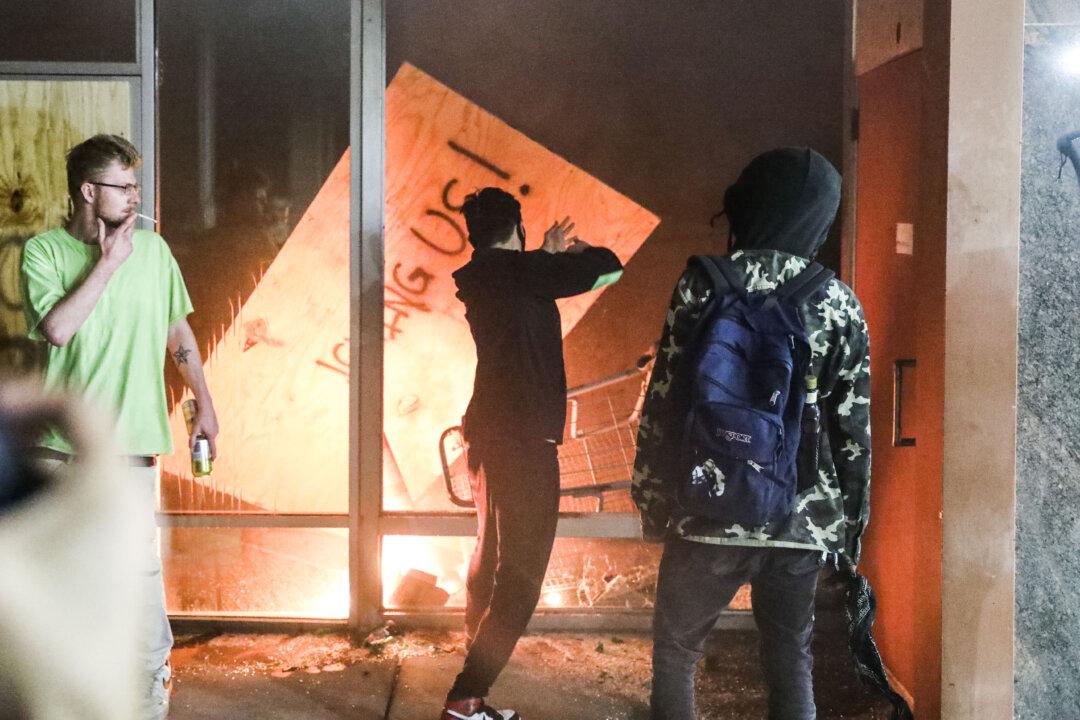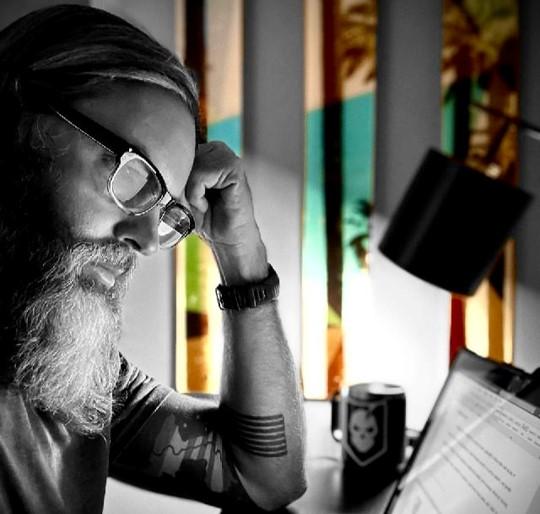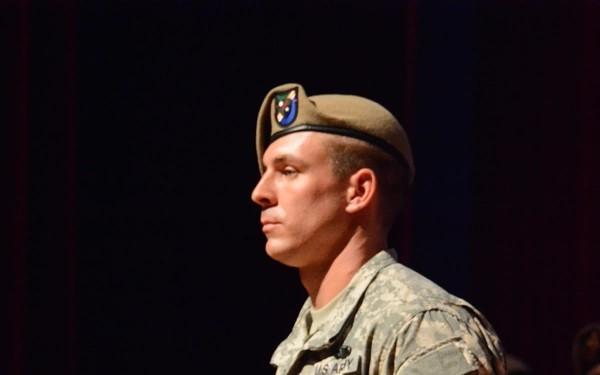From December 2021 to June 2022, I worked in South Minneapolis, Minnesota on a high-threat armed security contract, where we supported a local unarmed security team at a large private facility. In total, I completed three separate trips to Minnesota, where I provided protection services for a city in distress. First, for the 2020 presidential election. Next, during the Derek Chauvin trial. With the sharp rise of violent crime, dwindling local security recruits, and the scarcity of police officers, our 16-man (eight day/eight night) veteran travel-security team provided a unique blend of security and close-body coverage in a dynamic, unforgiving, urban environment. Our area of responsibility fell between a southern section of the city called “Little Mogadishu” and the infamous “George Floyd Square.” A surreal time in American history, and there’s nowhere else I’d rather be.
Veterans
Opinion
Electric Nights in a Lawless City: A Veteran Reflects on George Floyd
A veteran compares his experiences in Iraq and Afghanistan with a surreal stint in post-George Floyd Minneapolis.

Rioters set fire to a Wells fargo bank across the street from the Minneapolis Police 5th Precinct during the fourth night of protests and violence following the death of George Floyd, in Minneapolis, Minn., on May 29, 2020. Charlotte Cuthbertson/The Epoch Times
Commentary
Scott "Longboard" Chapman served in 2nd Battalion 75th Ranger Regiment from 2001-2005. He deployed to Iraq during the 2003 invasion and then to the Afghan theatre 4 times. After the military, Scott worked in the executive protection space and then as an OGA security contractor, providing security support to the intelligence community, and deploying 17 times, mostly to the Forward Operating Bases (FOB). Scott continues to work in the contract security area.
Find him at ScottChapmanAuthor.com with written and spoken palettes of words.
Author’s Selected Articles

